7 Oil and Gas Stocks That Have Entered Dangerous Waters
Oil stocks, natural gas producers and other commodity-based firms stand apart from one another based on factors such as where they're located and how efficient their operations are.
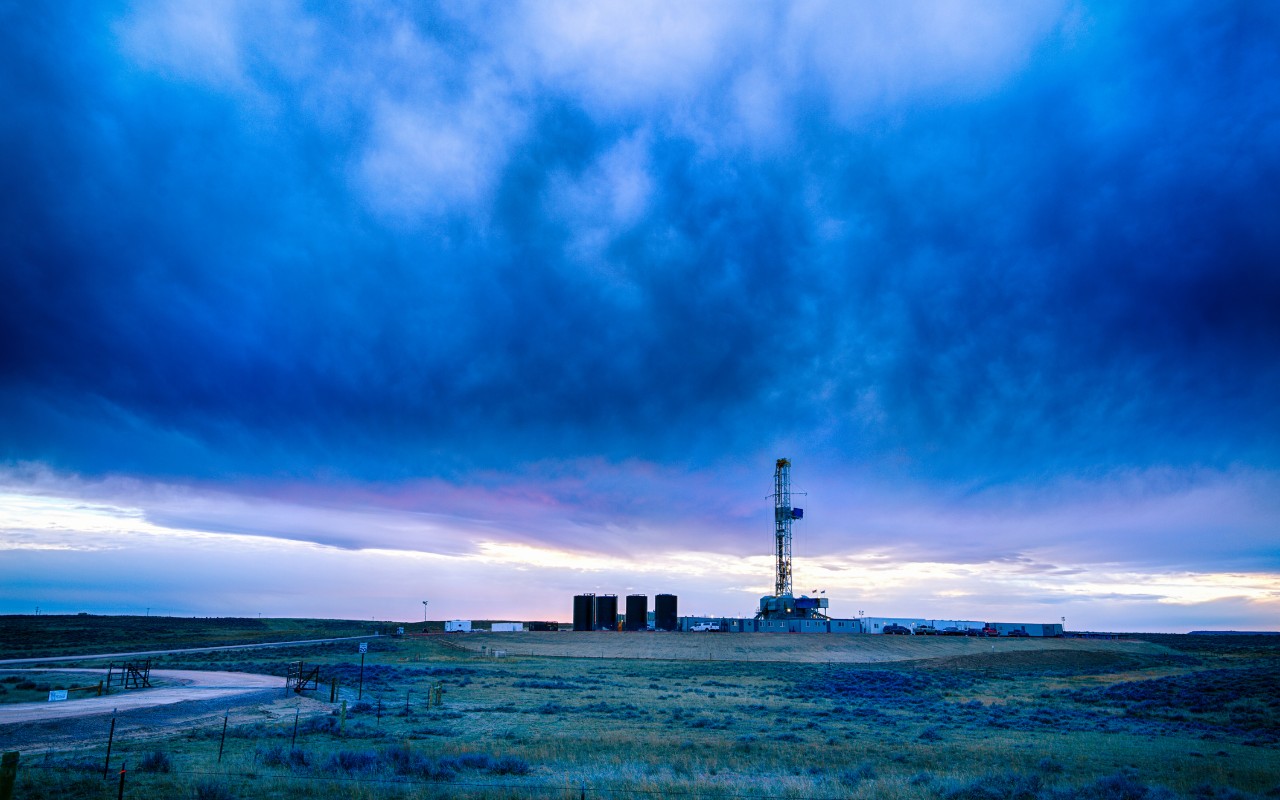
Oil stocks, natural gas producers and other commodity-based firms stand apart from one another based on factors such as where they're located and how efficient their operations are. But much of their success boils down to this simple idea: The higher the price of the commodity, the bigger the profits.
Unfortunately, the inverse is also true, which is why many energy stocks are getting pummeled right now.
Oil prices were already struggling with the fallout from the U.S.-China trade war and its effect on the global economy. But the coronavirus' economic ripple effect across the world – combined with Saudi Arabia's volley against other oil producers – has sent West Texas Intermediate (U.S. crude) oil prices to around $20 per barrel. Those are lows not seen since February 2002.
The specific issue: Oil prices (and natural gas, for that matter) are well below the cost of production for even some of the leanest companies out there. Thus, many energy producers are losing money simply by virtue of operating their businesses. Mounting losses, rising debts, cut dividends and even bankruptcies are all on the table.
Here are seven oil stocks and natural gas producers that are in considerable danger at the moment. While it's understandable that investors might want to seek out values in the beat-up energy sector, these are seven stocks to avoid.
Disclaimer
Data is as of March 29. Dividend yields are calculated by annualizing the most recent payout and dividing by the share price.

Chesapeake Energy
- Market value: $332.6 million
- Dividend yield: N/A
- Chesapeake Energy (CHK, $0.17) has long been the poster child for energy excess and heartbreak long before the coronavirus came into play.
Chesapeake Energy, which was founded in 1989, was one of the first natural gas and oil stocks to dive into fracking shale with gusto. To do that, CHK took out a staggering amount of debt to buy acreage, accumulate equipment and keep the oil and natural gas pumping. That was fine as long as both commodities enjoyed high and rising prices, but the 2014-16 bear market in energy prices forced Chesapeake to re-evaluate its model. Chesapeake sold assets, paid off some debt, invested in technology and focused on higher-quality/lower-production-price shale regions.
It helped, but now, all that still might not be enough.
After reporting a small net profit in 2018, Chesapeake fell into the red in 2019. That was with an average price of $56.98 per barrel for WTI, and natural gas prices averaging $2.57 per million Btu (MMBtu). With oil recently below $20 per barrel and natural gas recently below $1.80 per MMBtu, and still no light at the end of the tunnel, CHK could face some ugly results for Q1 2020, and possibly for another few quarters.
The company's $9.5 billion in total debt is problematic, too. In late February, some of Chesapeake's second-lien bonds due in 2025 had declined to 66 cents on the dollar – a worrisome sign of investors' confidence in CHK's ability to pay its debts.
Chesapeake was an S&P 500 component as recently as two years ago. It has since dropped into the S&P MidCap 400, which jettisoned the company in February. Now, CHK is a penny stock with a poor outlook as long as oil and gas prices remain in the cellar.
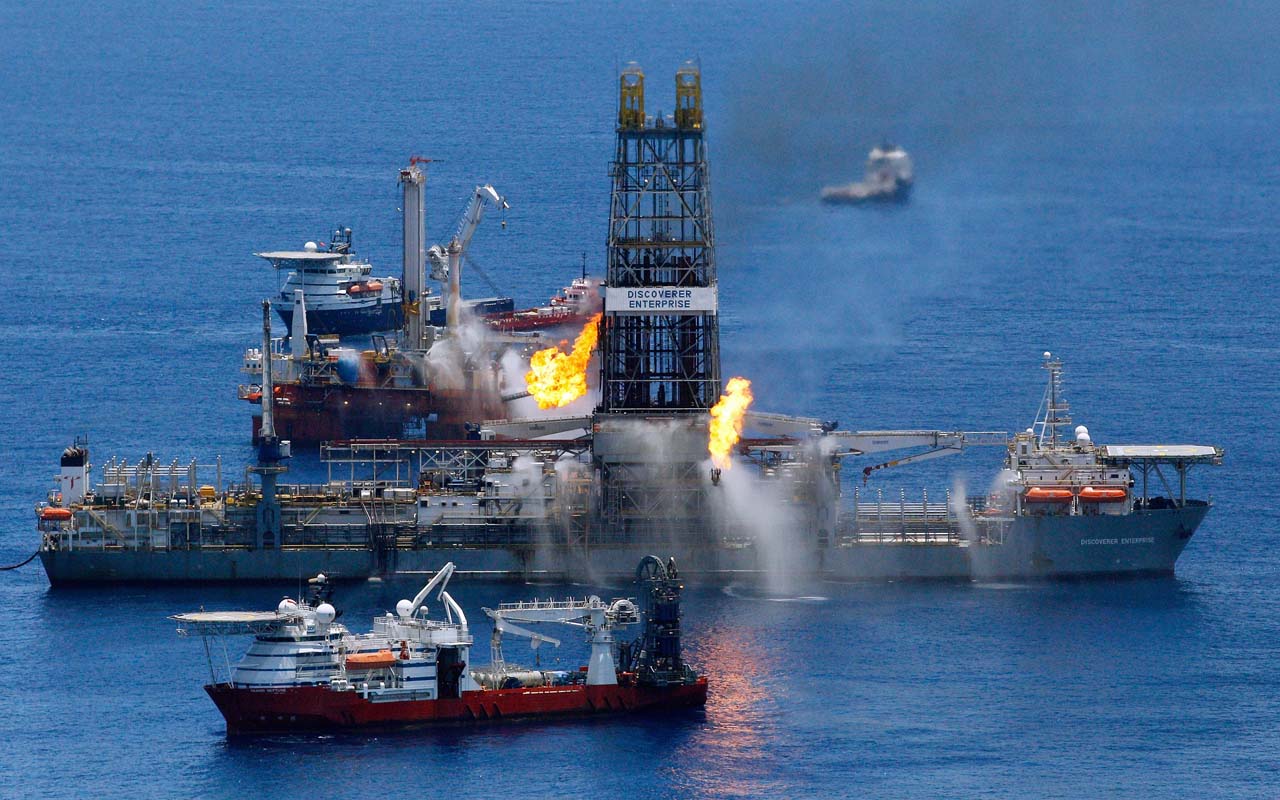
Transocean
- Market value: $716.7 million
- Dividend yield: N/A
More than a decade ago, when oil prices were in the realm of $150-$160 per barrel, energy firms were willing to pay north of $600,000 per day to rent the most state-of-the-art deep-water drilling rigs. This was manna from heaven for Transocean, (RIG, $1.17), whose portfolio featured some of the most advanced rigs on the planet, capable of digging deep to find large pockets of crude in the oceans.
But at $20 per barrel, it simply doesn't make sense to give Transocean a call.
For the three months ended Dec. 31, 2019, the company brought in $792 million in revenues – better than the $748 million in sales it registered in the year-ago quarter, but a far cry from the $3 billion-plus quarterly revenues it earned during "peak oil." Utilization rates did rise a bit, but the total number of rigs in Transocean's fleet continues to drop. Several of its deepwater-drilling rigs are sitting idle; if oil prices remain depressed, it's unlikely these rigs will be utilized anytime soon.
Debt, which as you'll see, is problematic for a number of oil stocks, is a real concern at Transocean. It has $8.7 billion in long-term IOUs, with $4.3 billion of that set to mature by 2024. It needs every rig in its fleet working and churning out as much cash as possible to pay that off. Credit agency Moody's isn't optimistic about RIG's prospects, however, downgrading its "corporate family rating" on March 23 from an already-junk B3 to Caa1, one level down. Moreover, it increased Transocean's default potential and issued a "negative outlook" on its debt.
"The commodity price collapse in the first quarter of 2020 poses a substantial challenge for the company to improve its cash flow outlook, as near-term improvement of offshore fundamentals is unlikely," writes Moody's senior analyst Sreedhar Kona. "Transocean's very high financial leverage could worsen making its capital structure untenable."
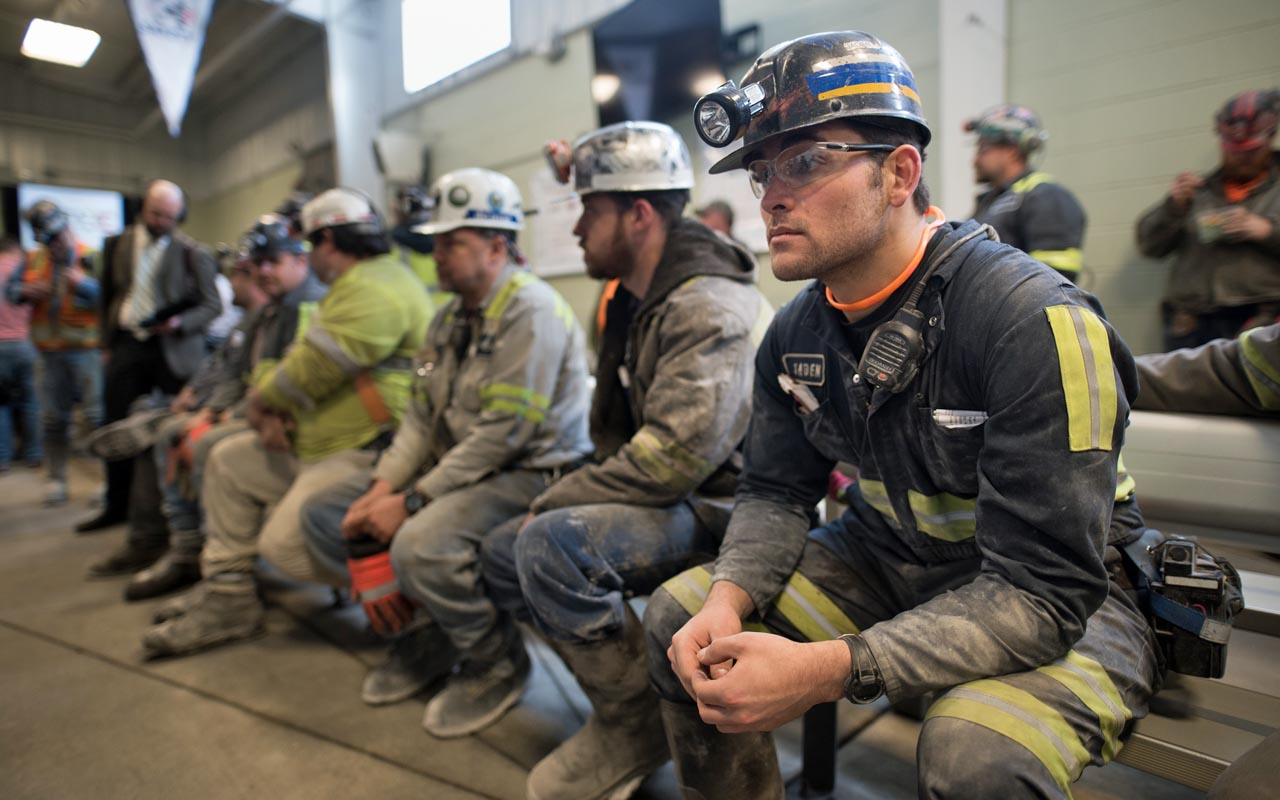
CNX Resources
- Market value: $940.8 million
- Dividend yield: N/A
Out of the frying pan and into the fire could be the best way to describe the value proposition at CNX Resources (CNX, $5.03).
Pittsburgh-based natural gas firm CNX Resources formerly operated as Consol Energy before spinning off its coal business in November 2017. That coal business retained the Consol Energy (CEIX) name, while the natural gas business was renamed CNX. Why were the two companies broken apart? Cheap and abundant natural gas, as well as a focus on lower carbon emissions, has basically driven coal to the brink of extinction. The split was meant to unlock value in the natural gas side of the business.
However, CNX has spent most of its time post-spinoff trending lower, and it has been particularly hard-hit of late as natural gas prices have sunk into the ground.
CNX already lowered its full-year 2020 estimates for natural gas prices in the company's fourth-quarter earnings report, from $2.40 per MMBtu to $2.27. At that number, it expected organic free cash flow to hit $200 million, but natural gas has plumbed far lower levels since then. Meanwhile, CNX's "fully burdened" cash costs of production had jumped nearly 11% year-over-year.
If there's any good news, it's that CNX's total debt of $2.9 billion is far less than the oil and gas stocks we've discussed so far. But while CNX might not be headed toward bankruptcy, it appears extremely risky given the current cost of natural gas and no discernable end in sight to the commodity's weakness.
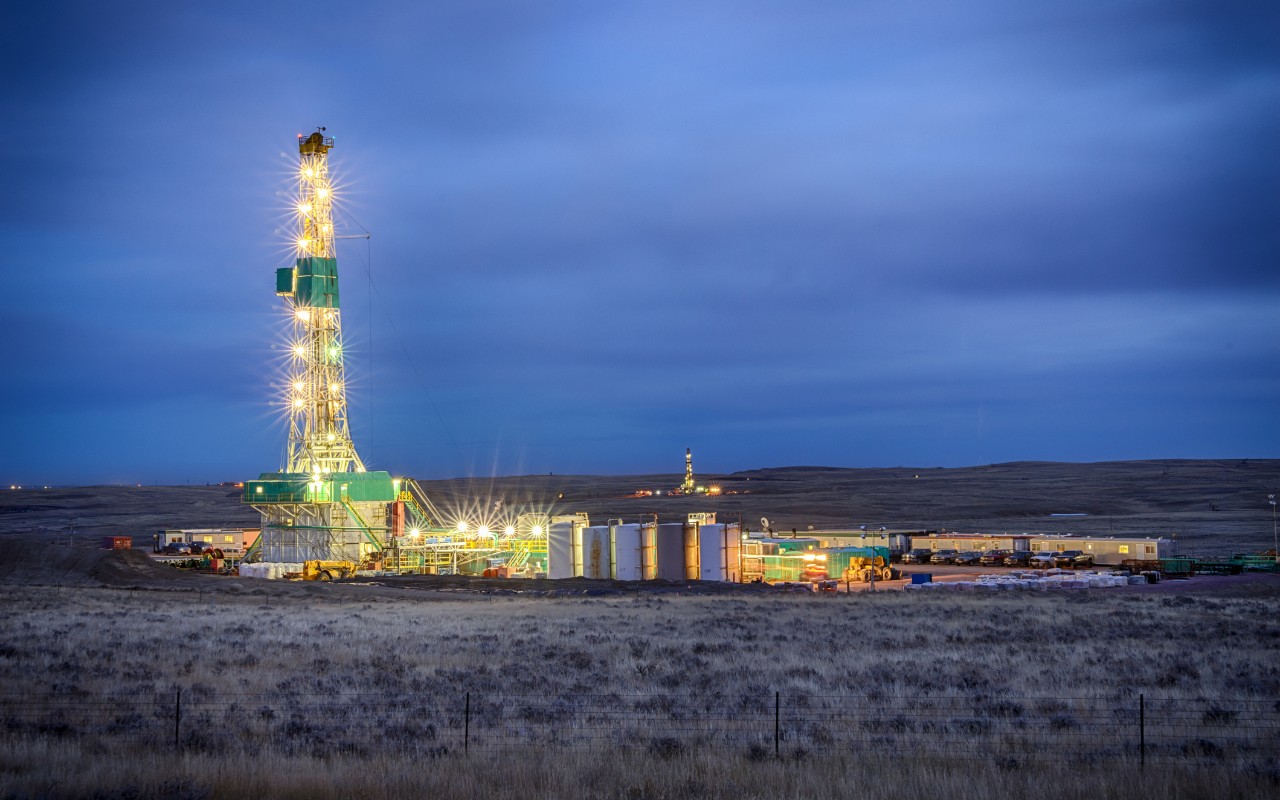
Continental Resources
- Market value: $3.2 billion
- Dividend yield: 2.4%
Many oil and gas stocks are known for its big personalities, and Harold Hamm has to rank right up there. Under his leadership, Hamm managed to guide Continental Resources (CLR, $8.52) into the Bakken shale long before anyone else, giving it plenty of prime acreage in the low-cost region.
But even the low-cost Bakken is too costly for Continental given current energy prices.
In mid-March, CLR announced a 55% decrease in its capital expenditures budget for the rest of the year. The oil and gas producer originally planned to spend $2.65 billion to fund its drilling program, but that has been hacked down to $1.2 billion. Average rig count in the Bakken will slump from nine to just three. Overall production is expected to decline 5% year-over-year.
Most importantly, however, is that Continental said in the same release that the company expects to be cash flow-neutral with oil under $30 per barrel.
Two problems: 1.) Continental stands to be in worse shape with oil now closer to $20 per barrel. 2.) CLR shareholders have been getting used to excess cash flows. With oil in the $50s, the low-cost Bakken producer was generating a decent amount of cash – cash that was used to reduce debt, buy back stock and even initiate a dividend in 2019.
But being cash flow-neutral (and having just $39.4 million in the bank) means that Continental likely will have to raise cash from asset sales or debt if it wants to keep those dividends and buybacks flowing. Considering CLR already has $5.3 billion in debt – including about $1.1 billion in senior notes due in 2022 – it's clear the company is between a rock and a hard place.
Continental doesn't seem likely to go away outright unless oil prices drop precipitously more from here. But any further weakness in oil is likely to weigh on CLR's stock. Shareholders also shouldn't ignore the possibility of reductions to the dividend and/or buybacks, at least temporarily.
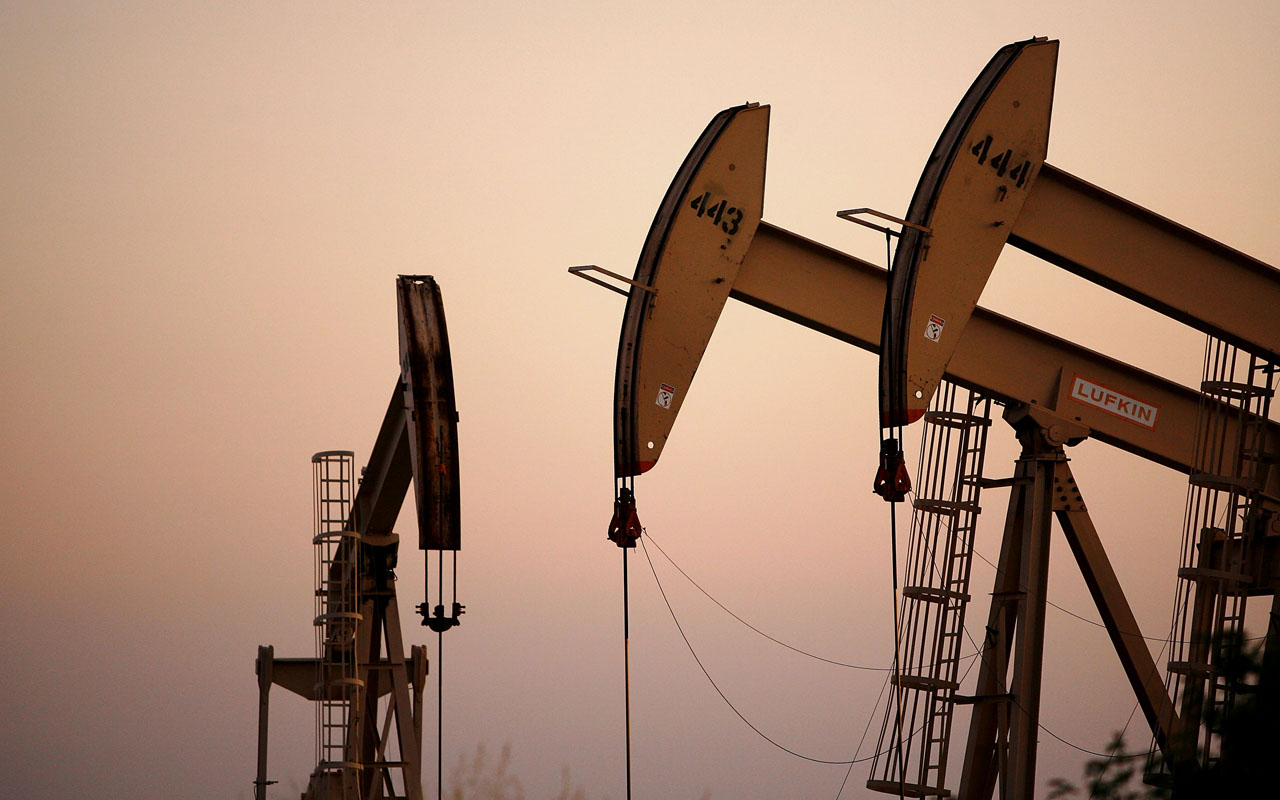
Occidental Petroleum
- Market value: $10.4 billion
- Dividend yield: 3.8%
Commodity busts typically are marked by a large deal that instantly goes bad.
For the recent shale downturn, the deal was Occidental Petroleum's (OXY, $11.61) buyout of Anadarko. In the end, the M&A move was too expensive and came at the wrong time.
Occidental's deal value for Anadarko came to $55 billion, including the assumption of Anadarko's debt. Anadarko financed it through a variety of bridge and term loans, as well as a $10 billion cash infusion from Warren Buffett's Berkshire Hathaway (BRK.B).
In August 2019, OXY estimated that its 79-cent-per-share dividend was sustainable long-term with WTI as low as $40 per barrel. But plunging oil prices forced Occidental's hand, and the company on March 11 slashed its payout by 86% to 11 cents per share, snapping a 17-year streak of dividend increases. The company also has been forced to reduce its capital expenditure budgets twice in roughly a month – from $5.2-$5.4 billion to $3.5-$3.7 billion, then again to $2.7-$2.9 billion.
It's hard to imagine things getting too much worse considering OXY shares have already plummeted by more than 70% year-to-date. But Fitch and Moody's both recently cut Occidental's debt rating to junk, and some of its bonds due in 2020 had been trading at a 40% discount.
Warren Buffett gets it right a lot of the time, but a perfect storm has turned this into one of his rare awful bets so far. Look to Berkshire's next 13F, due out in May, to see if he has rethought his investment.
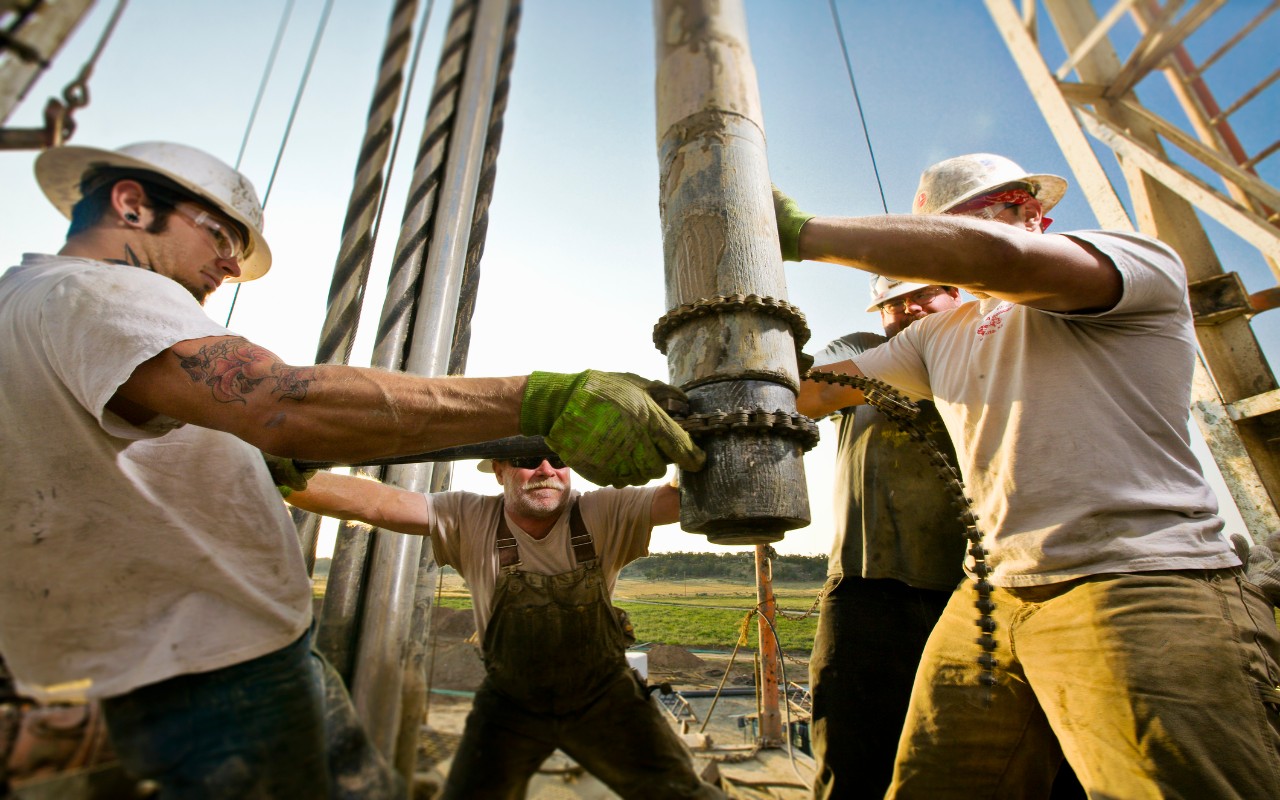
Whiting Petroleum
- Market value: $73.3 million
- Dividend yield: N/A
While previously mentioned Continental was the first to hit the Bakken, Whiting Petroleum (WLL, $0.80) came into the game much later. As a result, WLL never achieved the kind of acreage CLR could score, nor the quality of assets. That's proving calamitous amid historically low oil prices.
For the final quarter of 2019, Whiting saw an average price of nearly $57 per barrel. And that still wasn't enough for the company to overcome losses in the period. In fact, even its adjusted losses accelerated versus the same period a year ago, from $4.8 million to $20.4 million. Nonetheless, Whiting at least managed to be cash flow-positive.
It's hard to see that continuing with oil prices down near $20.
Whiting has about $2.9 billion in debt, which is a staggering figure for a company worth just more than $70 million. More importantly, Bloomberg reports that about $1 billion of that debt is coming due over the next 52 weeks. "Its notes due March 2021 are trading around 18 cents on the dollar with a yield of 286%, which suggests they will never be repaid," Bloomberg's David Wethe and Allison McNeely wrote on March 9. At that yield/cost, investors are predicting they probably won't be repaid.
Whiting announced Feb. 27 it would slash its capital expenditures budget by $185 million, or 30%, to preserve cash and improve liquidity. Then on March 27, it said it would draw $650 million on its credit facility.
Over the past month, Whiting has racked up eight Sell calls and two Holds, with many analysts failing to even provide price targets – but those who have looking at targets such as $1.00, 75 cents and even 50 cents. WLL has the potential for violently productive snap-back rallies that traders can take advantage of, but right now, this is no place for long-term buy-and-holders.
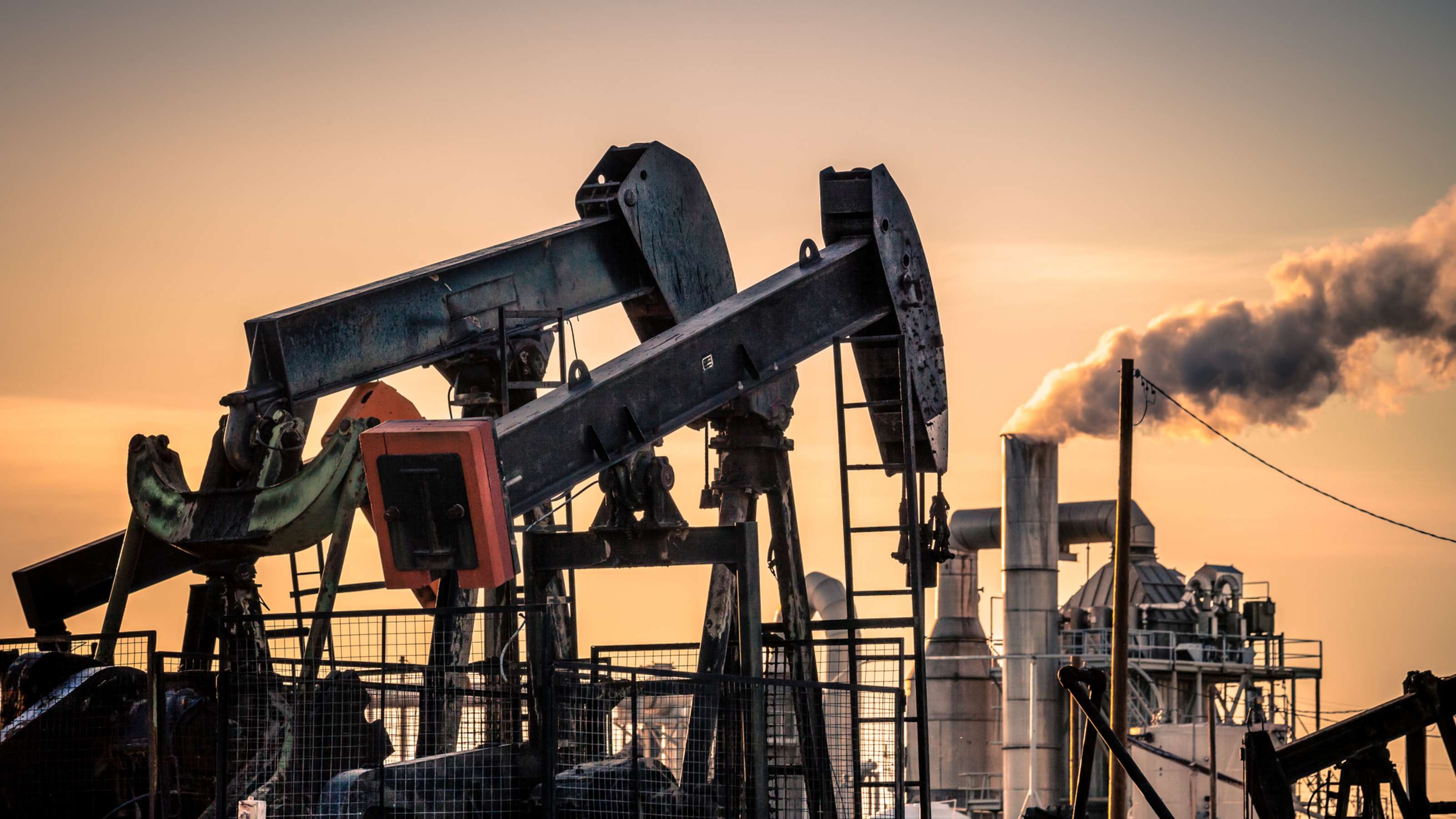
California Resources
- Market value: $65.2 million
- Dividend yield: N/A
Occidental Petroleum had long been a huge producer of energy in California. These traditional wells featured high costs but steady production. However, Occidental wanted to shed those assets to focus on higher growth areas, so after some activist pressure, it spun off California Resources (CRC, $1.32).
Unfortunately, Occidental saddled California Resources with more than $6 billion in debt – just as oil prices cratered back in 2014.
The good news is that the company's long-term debt has been pared from about $6.4 billion in 2014 to $4.9 billion as of the end of 2019. But that debt still is too high when considering the firm's cash position and Brent oil (the London benchmark California uses) well below the company's breakeven costs.
The firm tried to do a debt exchange to rid itself of nearly $1 billion in current liabilities. However, it was forced to terminate the deal, citing "recent developments in the commodity and financial markets." A quick glance at California Resources' bonds shows many of them trading for pennies on the dollar, at yields in excess of 90%. Here again, traders aren't expecting to get any sort of return back for their investment.
On March 27, Bloomberg reported the company is "seriously considering bankruptcy," according to people with knowledge of the matter. That doesn't make bankruptcy a sure thing by any means. But given California Resources' financial situation, it does make CRC shares appear riskier than most other oil stocks.
Get Kiplinger Today newsletter — free
Profit and prosper with the best of Kiplinger's advice on investing, taxes, retirement, personal finance and much more. Delivered daily. Enter your email in the box and click Sign Me Up.
-
 Stock Market Today: Great Power Affairs Mesmerize Markets
Stock Market Today: Great Power Affairs Mesmerize MarketsThe U.S. and China are at least talking about talking about tariffs, and investors, traders and speculators are showing a little less fear.
By David Dittman
-
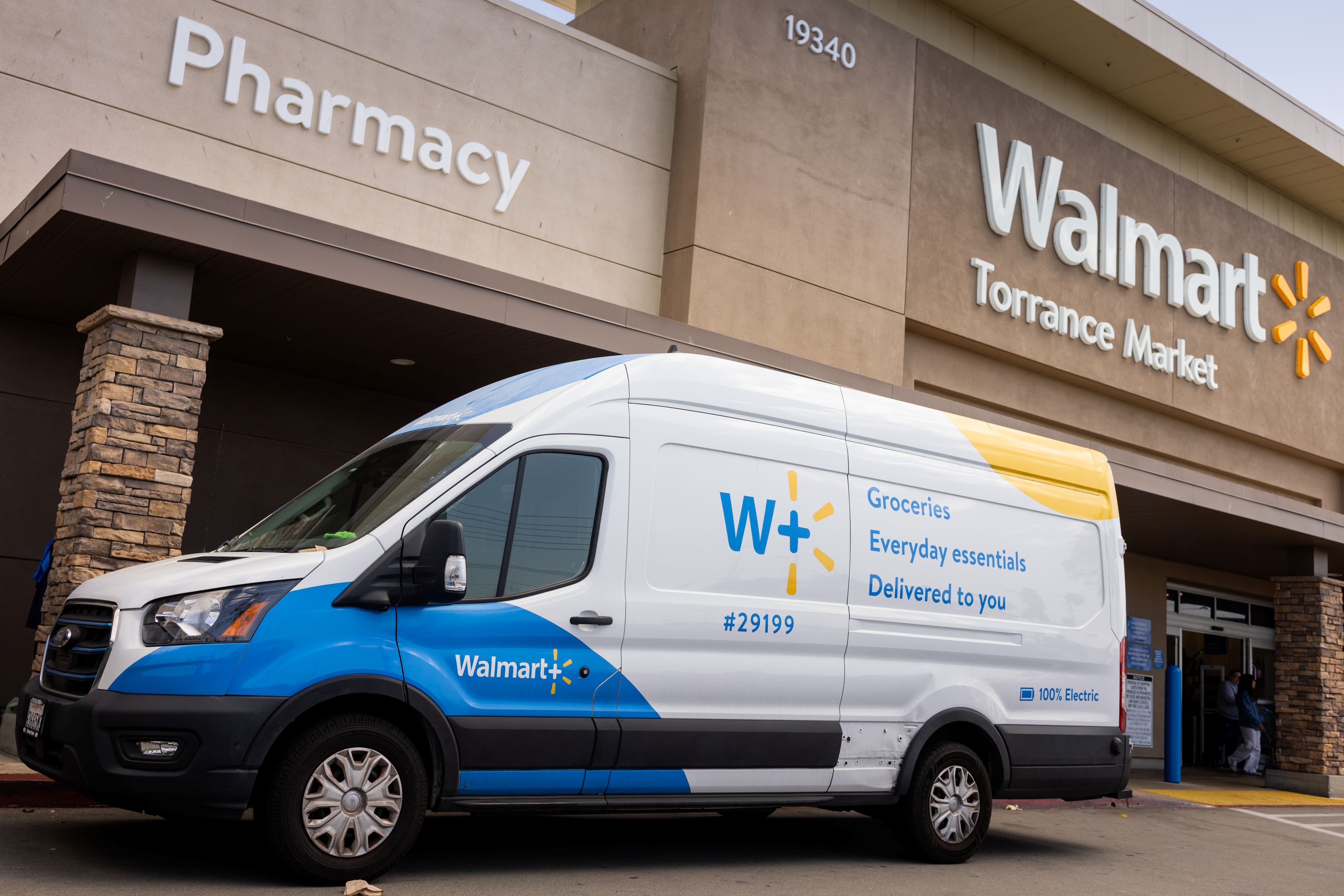 Is Walmart Plus Worth It?
Is Walmart Plus Worth It?There are tons of exciting Walmart Plus benefits – but are they worth the $98 annual fee?
By Rachael Green
-
 What to Do With Your Tax Refund: 6 Ways to Bring Growth
What to Do With Your Tax Refund: 6 Ways to Bring GrowthUse your 2024 tax refund to boost short-term or long-term financial goals by putting it in one of these six places.
By Rachael Green
-
 What Does Medicare Not Cover? Eight Things You Should Know
What Does Medicare Not Cover? Eight Things You Should KnowHealthy Living on a Budget Medicare Part A and Part B leave gaps in your healthcare coverage. But Medicare Advantage has problems, too.
By Donna LeValley
-
 15 Reasons You'll Regret an RV in Retirement
15 Reasons You'll Regret an RV in RetirementMaking Your Money Last Here's why you might regret an RV in retirement. RV-savvy retirees talk about the downsides of spending retirement in a motorhome, travel trailer, fifth wheel or other recreational vehicle.
By Bob Niedt
-
 The Cheapest Places To Retire in the US
The Cheapest Places To Retire in the USWhen you're trying to balance a fixed income with an enjoyable retirement, cost of living is a crucial factor to consider.
By Stacy Rapacon
-
 The Six Best Places to Retire in New England
The Six Best Places to Retire in New Englandplaces to live Thinking about a move to New England for retirement? Here are the best places to land for quality of life, affordability and other criteria.
By Stacy Rapacon
-
 The 10 Cheapest Countries to Visit
The 10 Cheapest Countries to VisitWe find the 10 cheapest countries to visit around the world. Forget inflation woes, and set your sights on your next vacation.
By Quincy Williamson
-
 15 Ways to Prepare Your Home for Winter
15 Ways to Prepare Your Home for Winterhome There are many ways to prepare your home for winter, which will help keep you safe and warm and save on housing and utility costs.
By Donna LeValley
-
 Six Steps to Get Lower Car Insurance Rates
Six Steps to Get Lower Car Insurance Ratesinsurance Shopping around for auto insurance may not be your idea of fun, but comparing prices for a new policy every few years — or even more often — can pay off big.
By Donna LeValley
